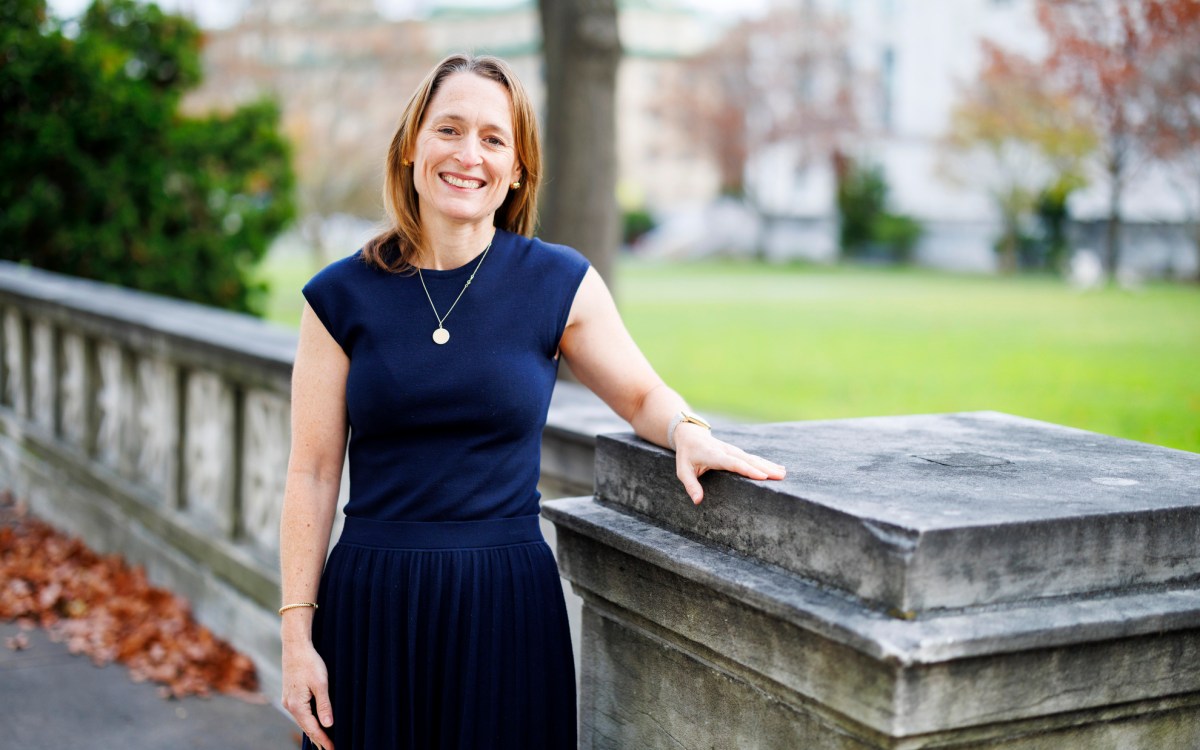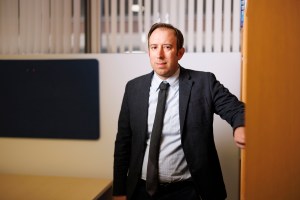Adjusting to death of a loved one
Study confirms patterns of grief, highlights yearning
“Is my grief normal?” That is one of the most common questions posed by people who have lost a loved one. A new study by Dana-Farber Cancer Institute researchers has helped answer that question by affirming the commonly accepted stages of grief – disbelief, yearning, anger, depression, and acceptance – and the sequence in which these emotions occur. The findings appear in the Feb. 21 issue of the Journal of the American Medical Association (JAMA).
While offering insights into how individuals normally adjust to a loved one’s natural death, the study also challenges existing clinical guidelines by underscoring that yearning, not depression, was the most common reaction experienced by survivors.
“This study confirms what people have suspected, but, equally important, the data provide a benchmark for how grief changes over time,” says senior author Holly Prigerson, director of Dana-Farber’s Center for Psycho-Oncology and Palliative Care Research.
Based on the three-year Yale Bereavement Study, the grief investigation involved interviews with 233 individuals in Connecticut who had suffered a loss from a natural death (such as cancer or heart disease) rather than trauma (such as a car accident or suicide). Each participant was interviewed three times over two years, most often at home; data were collected between January 2000 and January 2003.
The study found that counter to clinical literature and popular understanding, yearning, rather than depression, was the most common emotion felt by study participants after a loved one’s natural death. “Up to now, people thought sadness was the most characteristic feature of bereavement, but these data show it is more about yearning and pining and missing the person – a hunger for having them come back,” says Prigerson, a bereavement expert.
On average, the interviewees’ negative symptoms (disbelief, yearning, anger, and depression) had peaked by six months after the loss and were on the decline. People who face heightened distress beyond six months, the researchers note, may be at risk for a condition called “prolonged grief disorder” and should be evaluated by a mental health professional.
Study leaders say their findings suggest the need for revising the bereavement section of the psychiatric guidelines, Diagnostic and Statistical Manual of Mental Disorders, Fourth Edition.
Data confirmed the “stage theory” of grief described by John Bowlby and Colin Parkes, popularized by Elisabeth Kubler-Ross in the 1960s, and now widely accepted by clinicians and the general public. The current study showed that disbelief was highest initially, yearning for the deceased peaked at four months post-loss, anger at five months post-loss, and depression at six months post-loss. Acceptance of the person’s death was high and grew over the two-year study period.
Although Prigerson cautions that not everyone goes through the exact sequence of grief, she writes in JAMA that “the results provide an evidence base from which to educate clinicians (e.g., primary and palliative care physicians, geriatricians, psychiatrists, oncologists, related hospital and hospice staff, bereavement counselors) and lay persons (e.g., patients, family members, friends) about what to expect following the death of a family member or loved one.”
A related finding was that advance knowledge about a person’s prognosis and pending death can have beneficial effects. “When patients and families knew about the terminal diagnosis ahead of time, specifically six months or longer, they were better prepared for the death and had more acceptance and less disbelief afterwards,” says Prigerson, who is also an associate professor of psychiatry at Harvard Medical School.
Study team members included Prigerson and Susan Block, both of Dana-Farber and Brigham and Women’s Hospital; Baohui Zhang, a statistician at Dana-Farber; and Paul Maciejewski of Yale University School of Medicine.
The research was funded in part by grants from the National Institute of Mental Health, the National Cancer Institute, and the National Institute for Neurological Disorders and Stroke.





